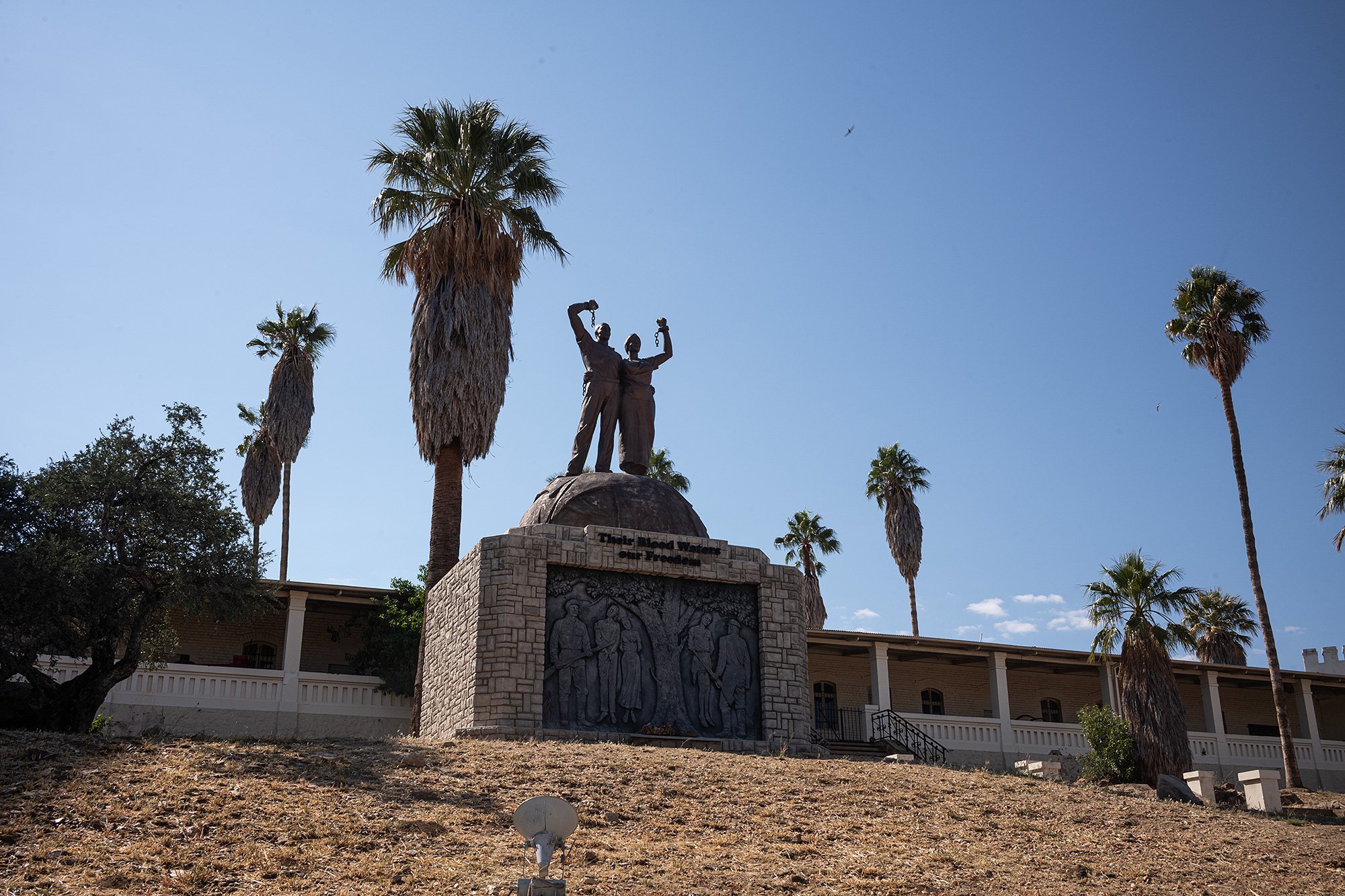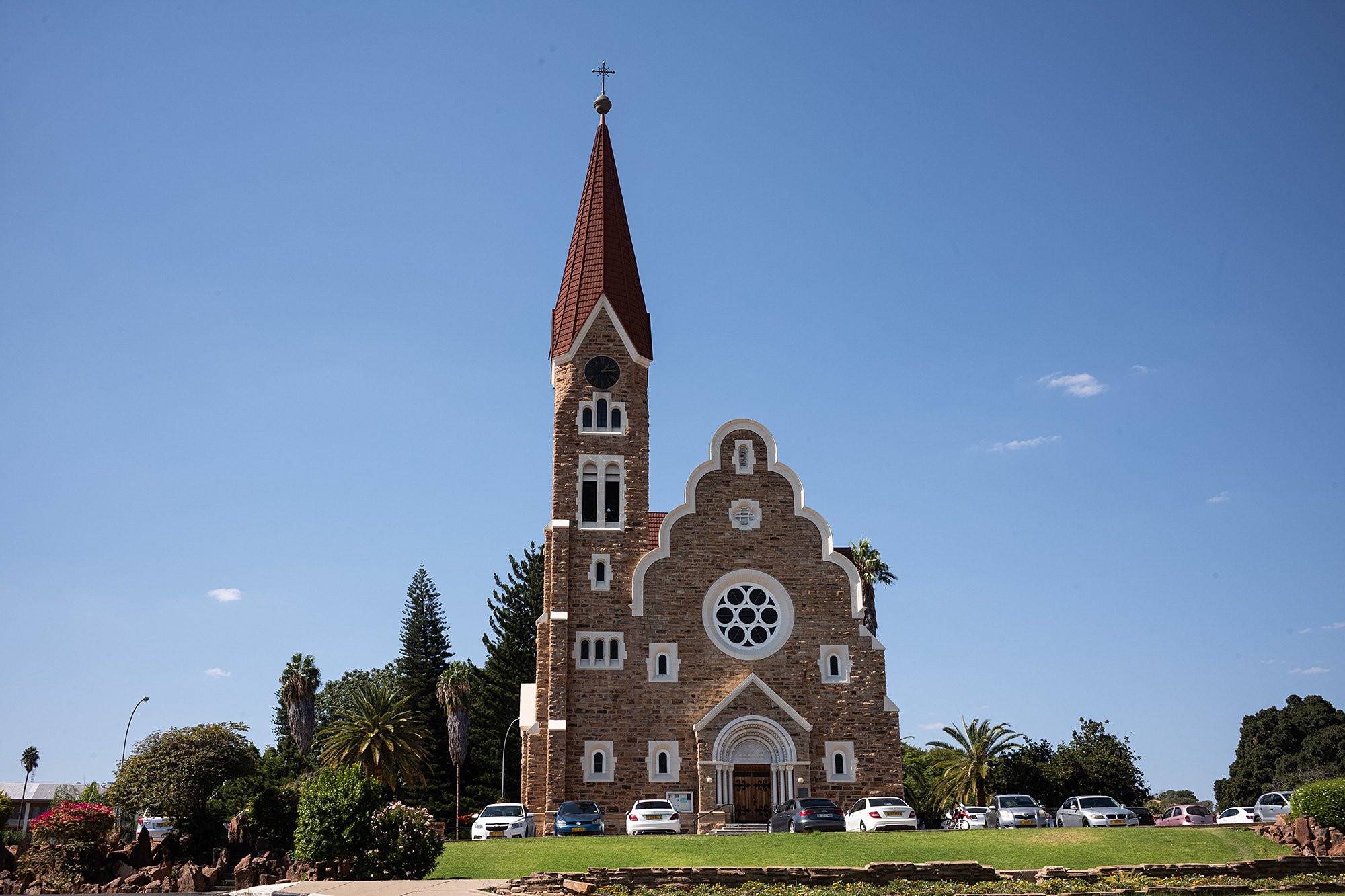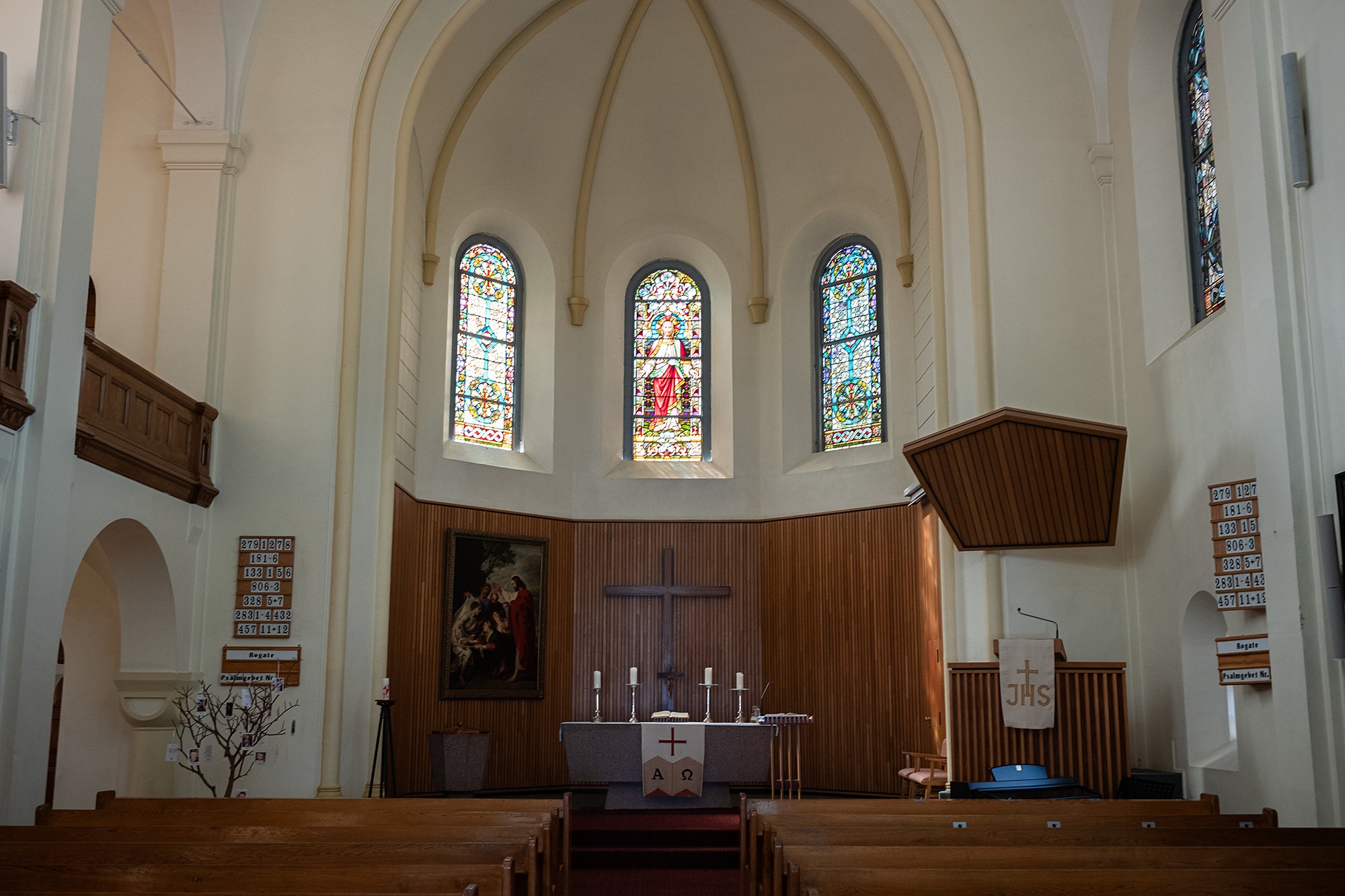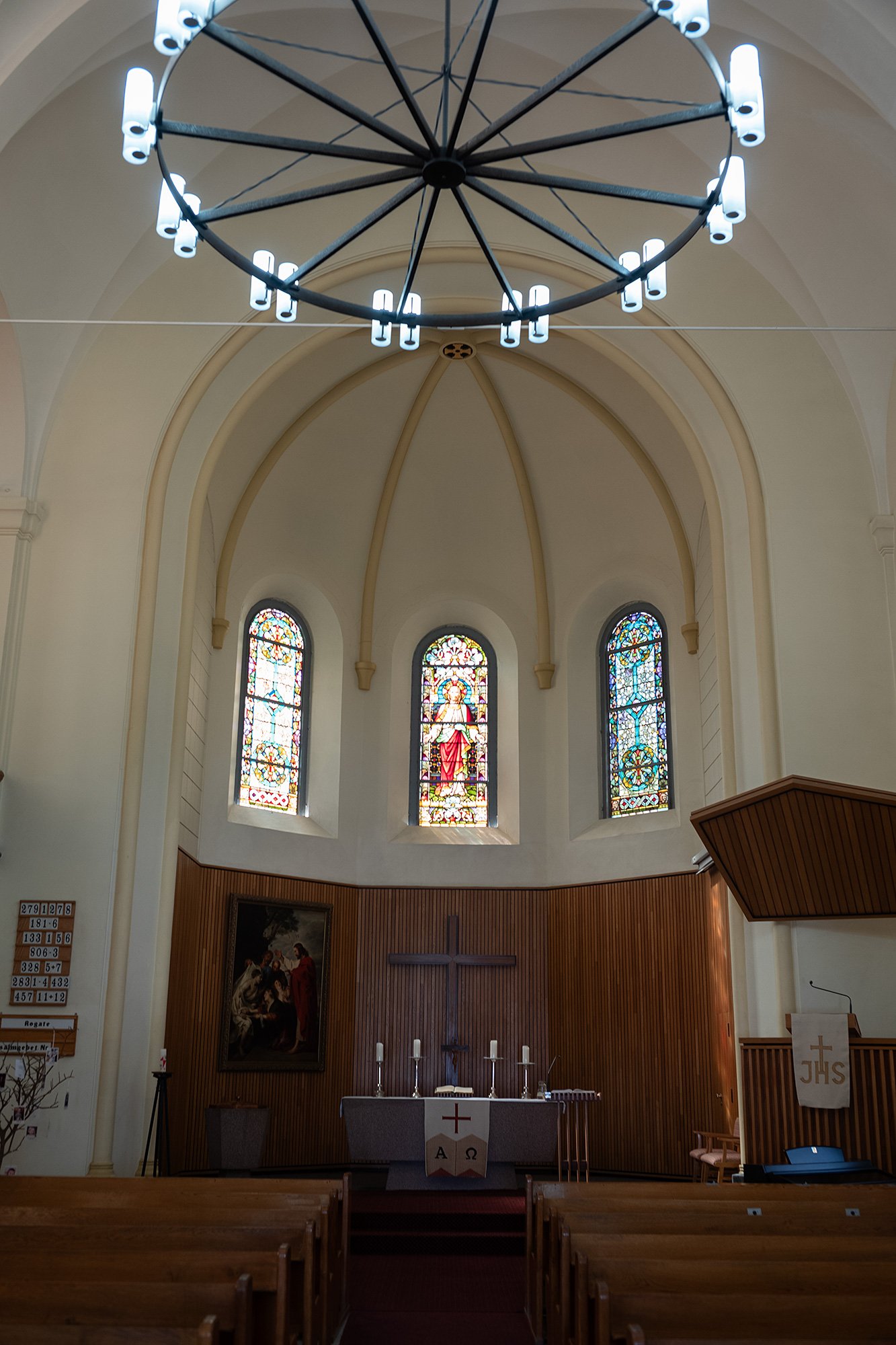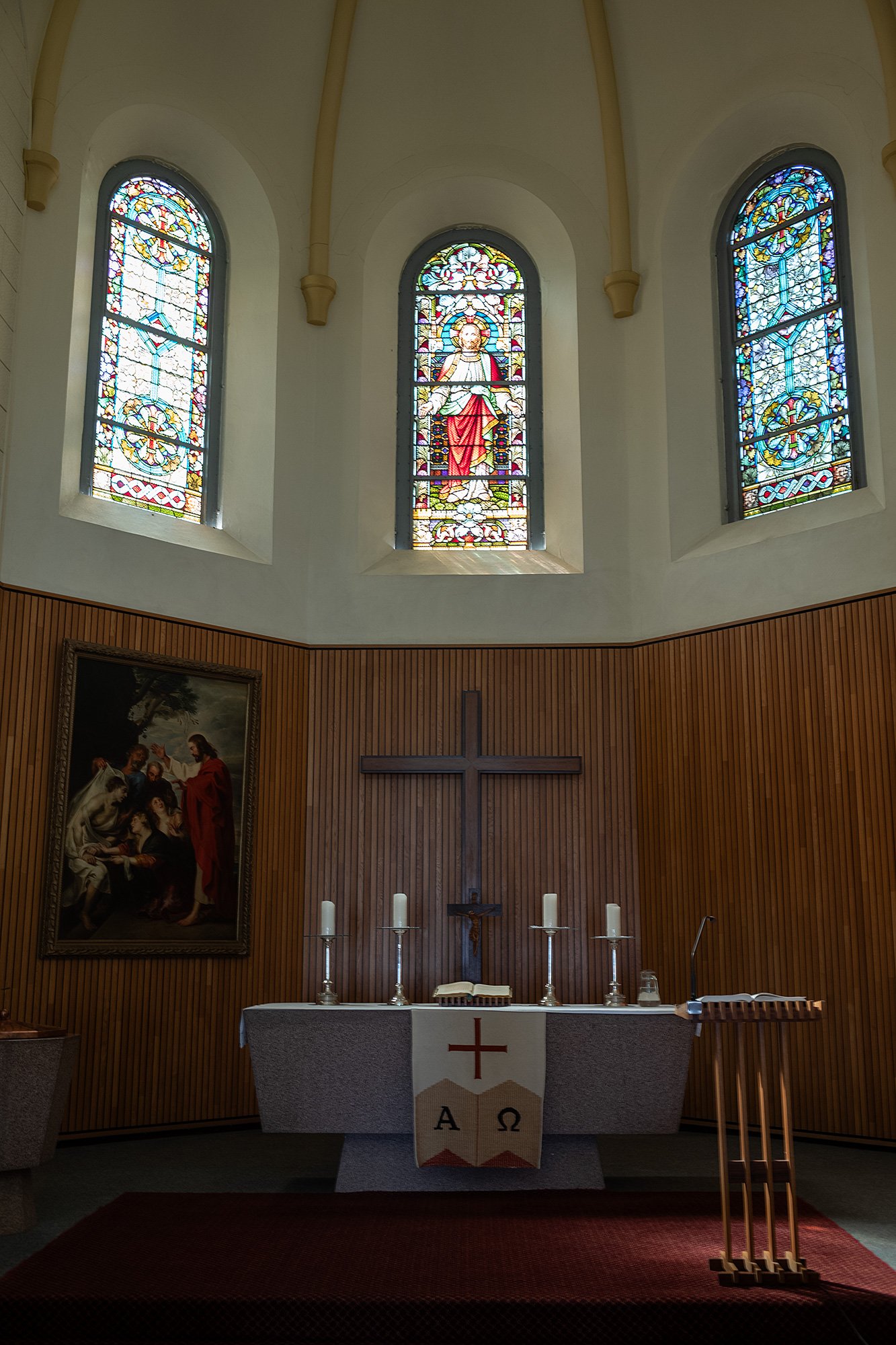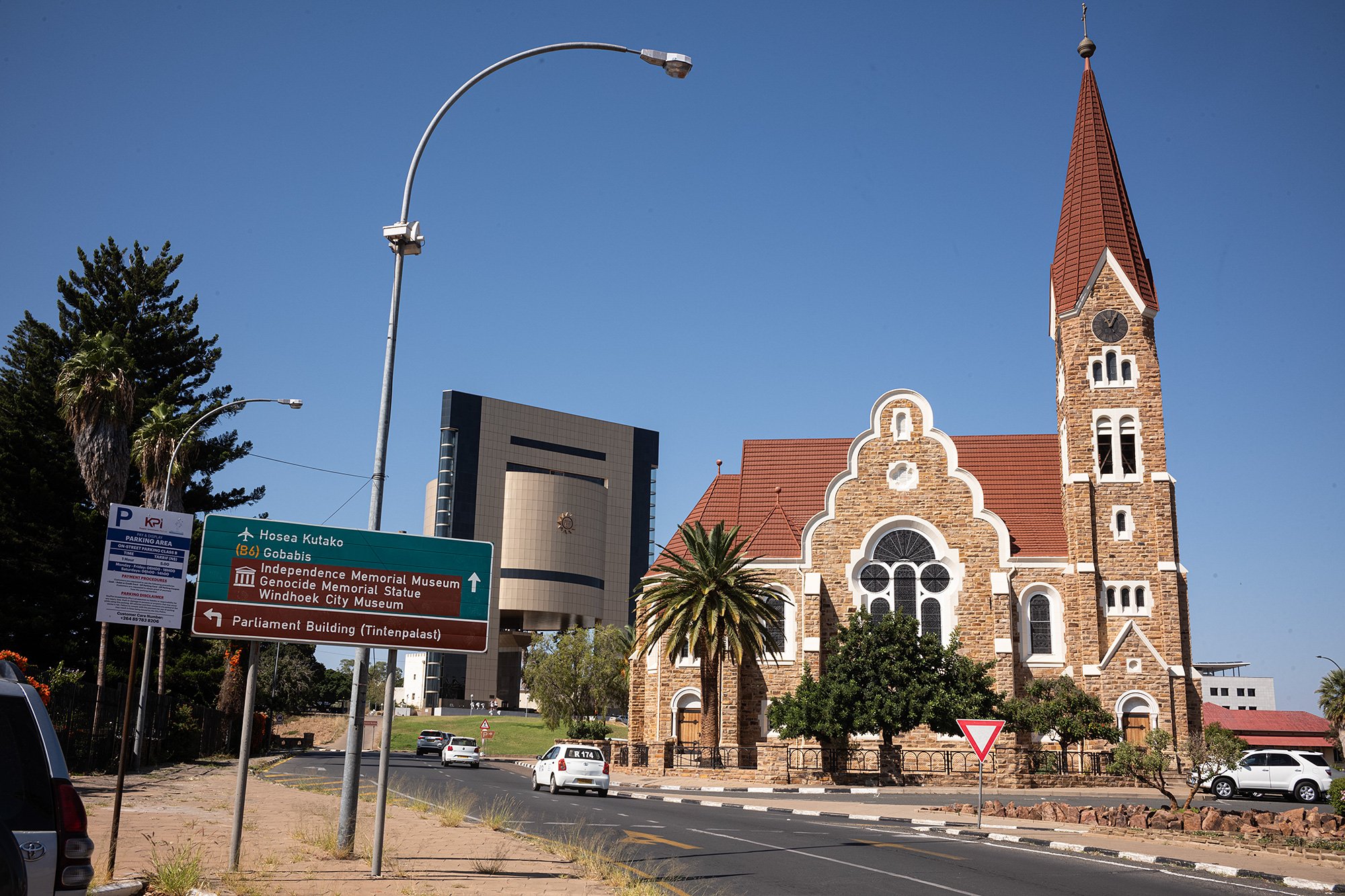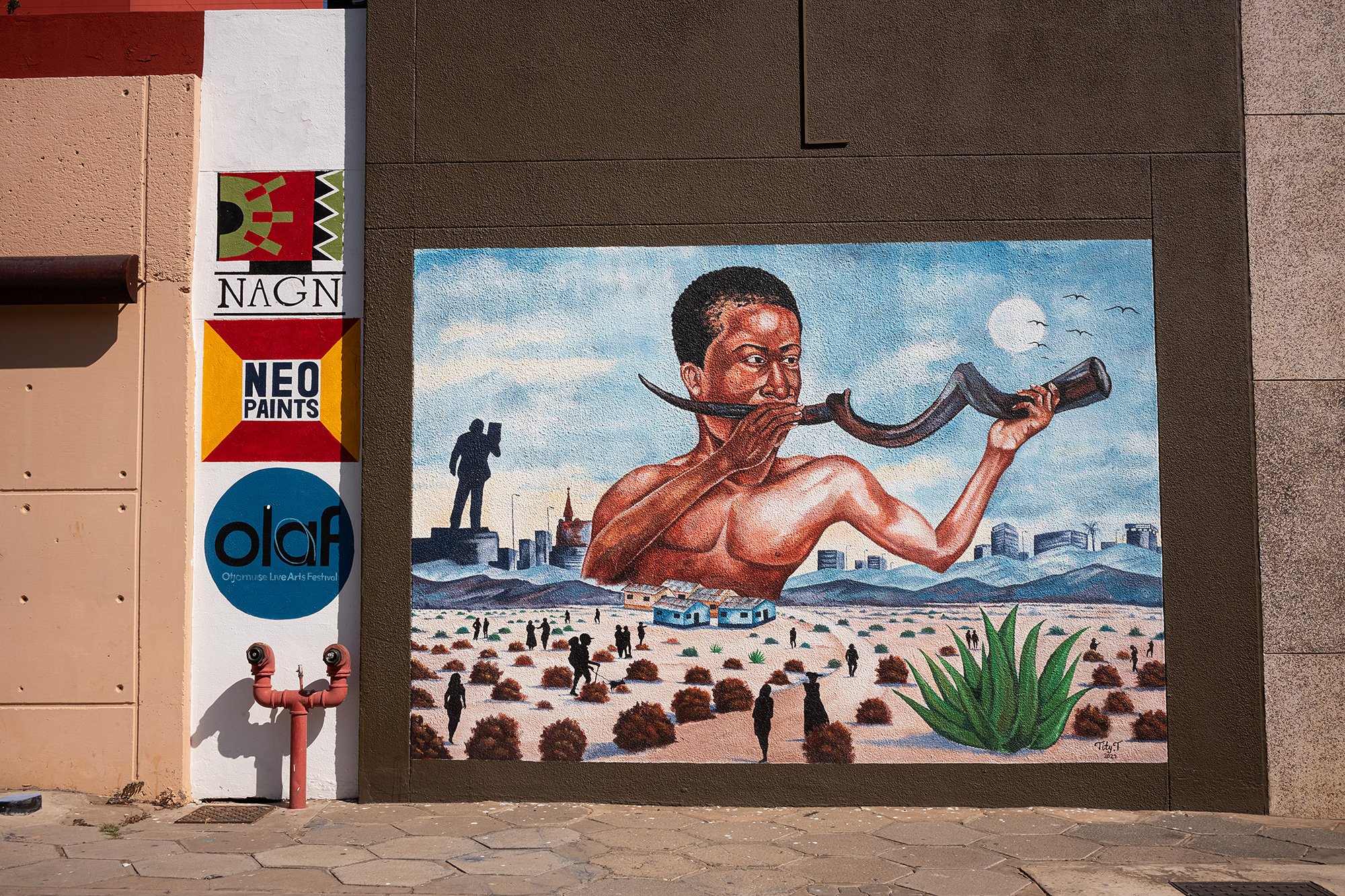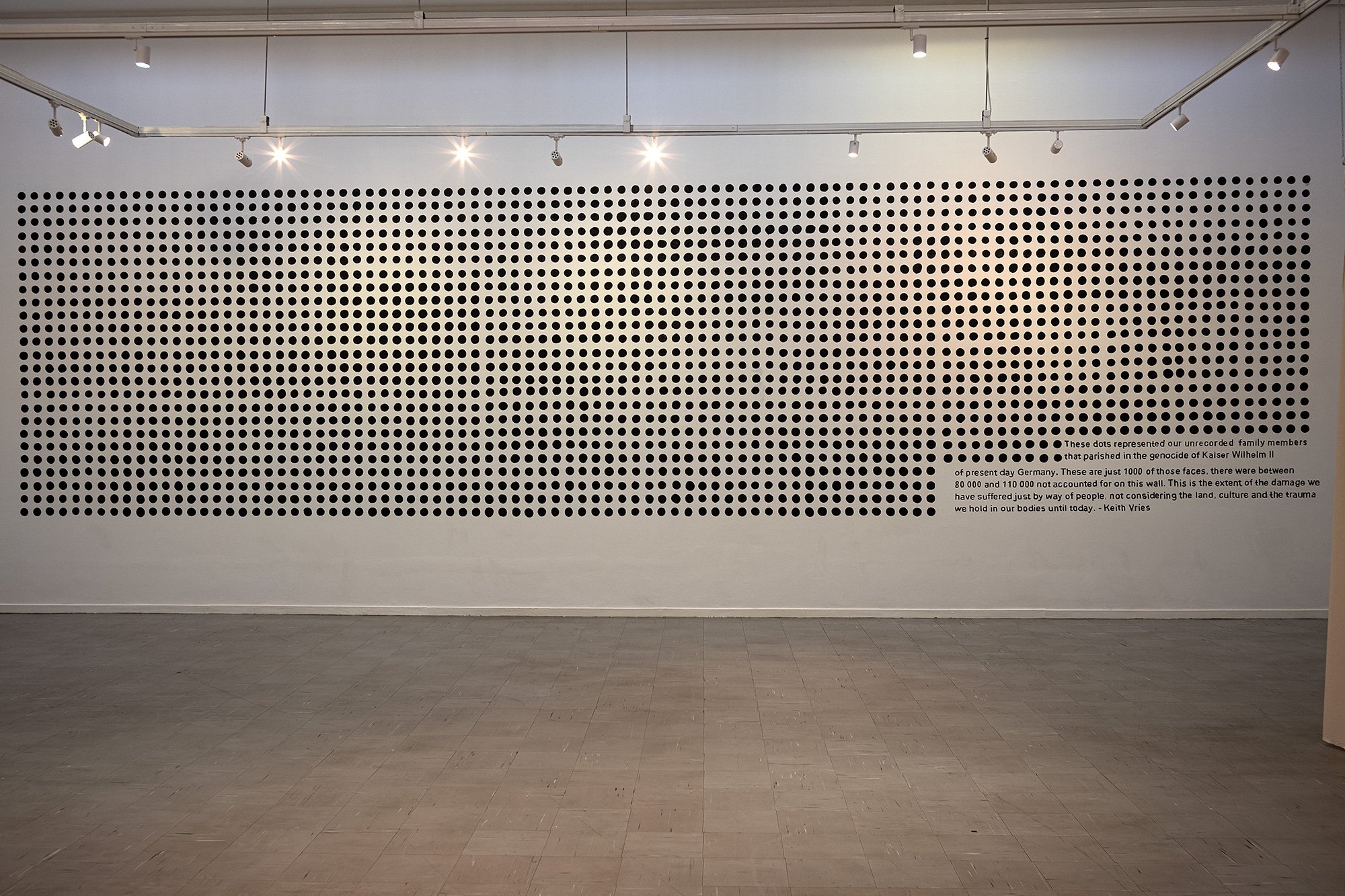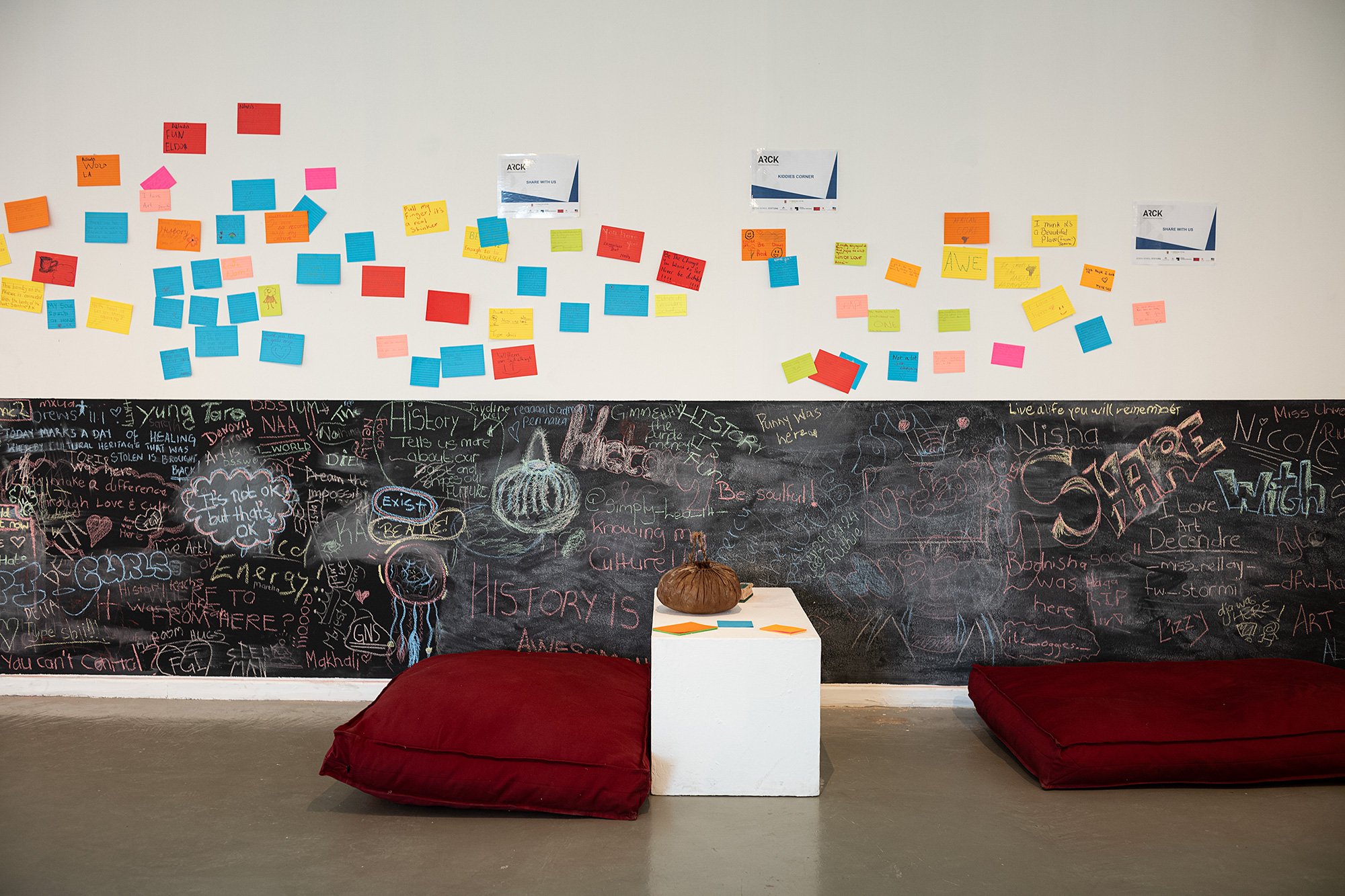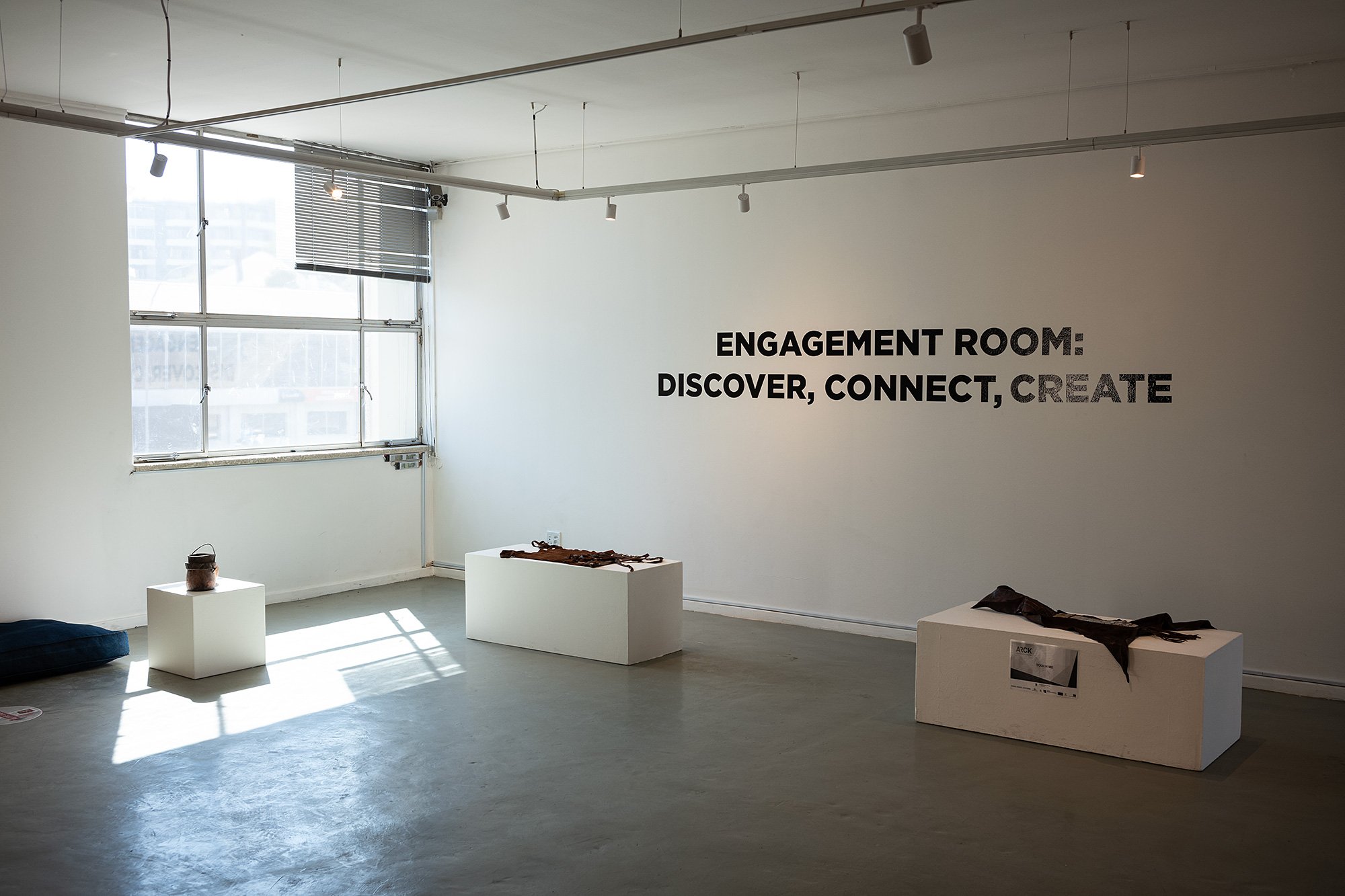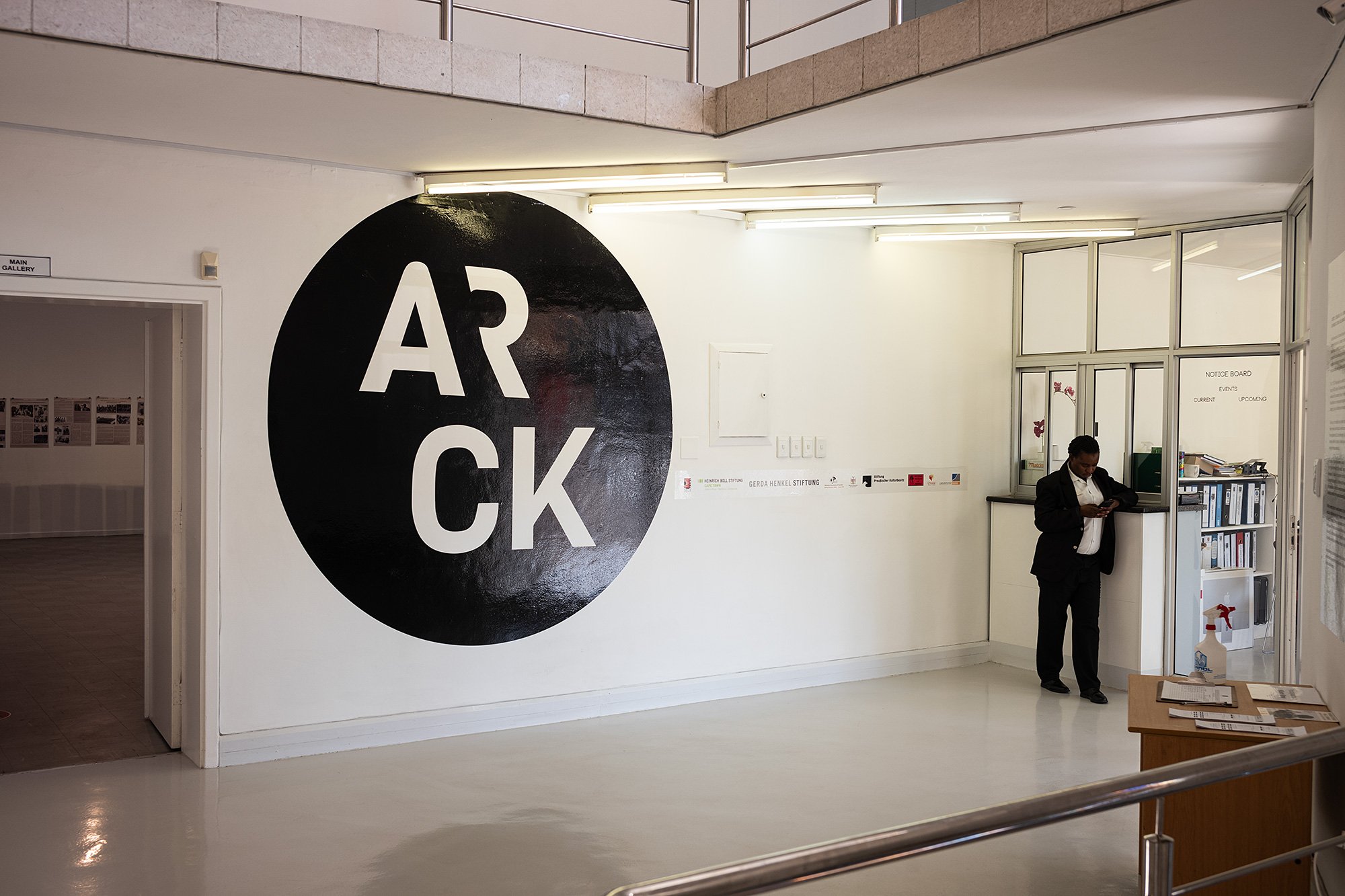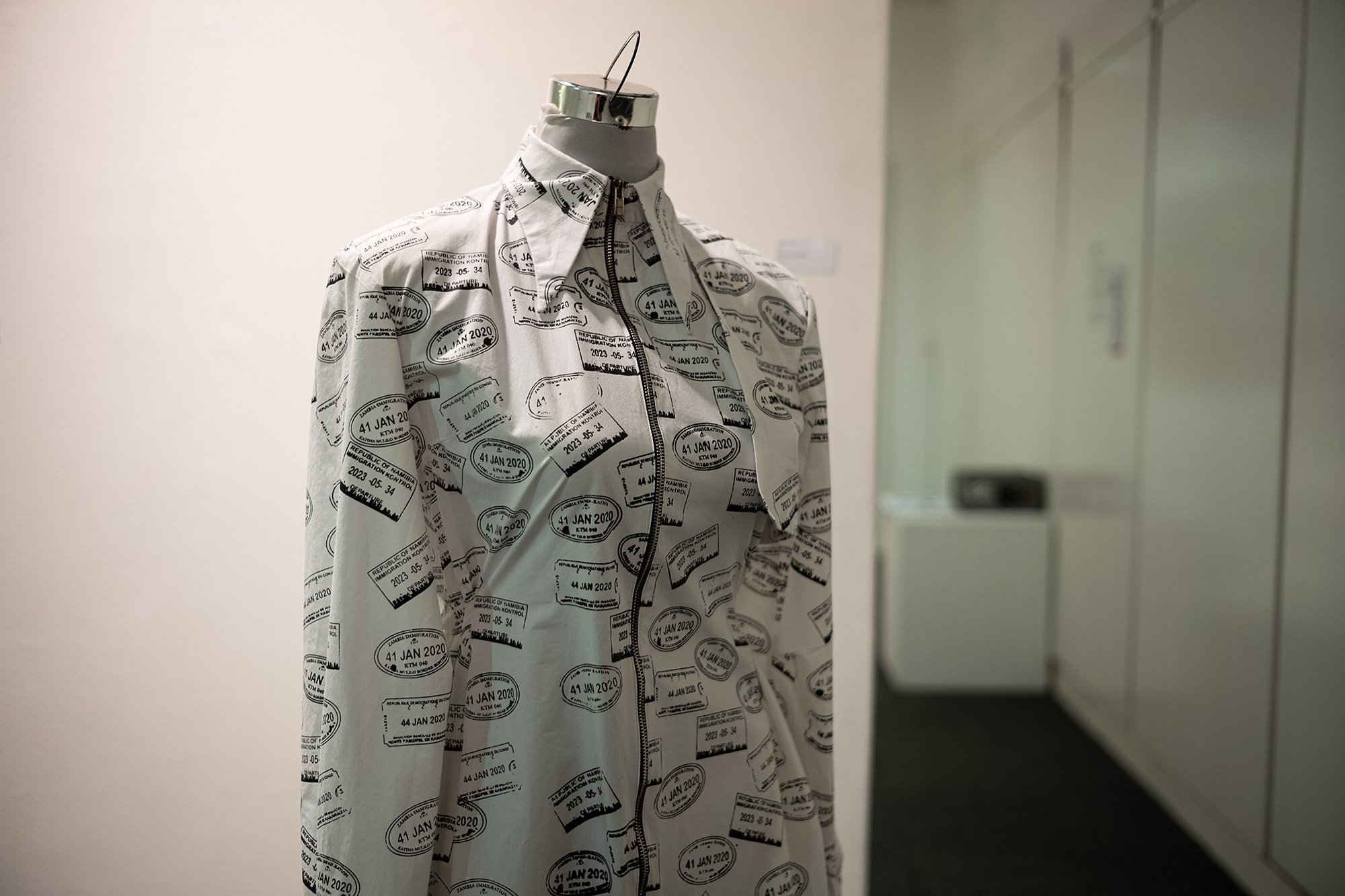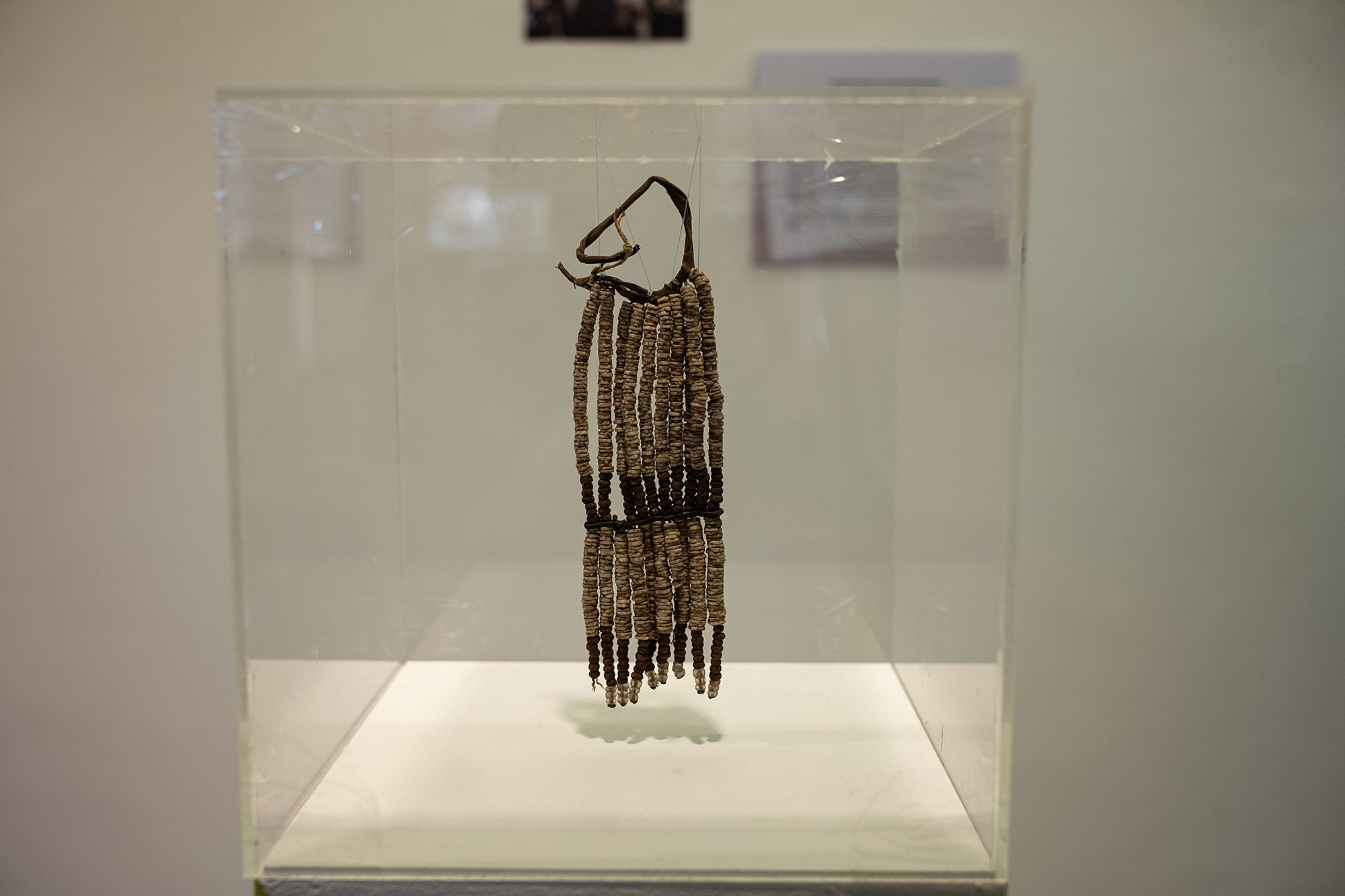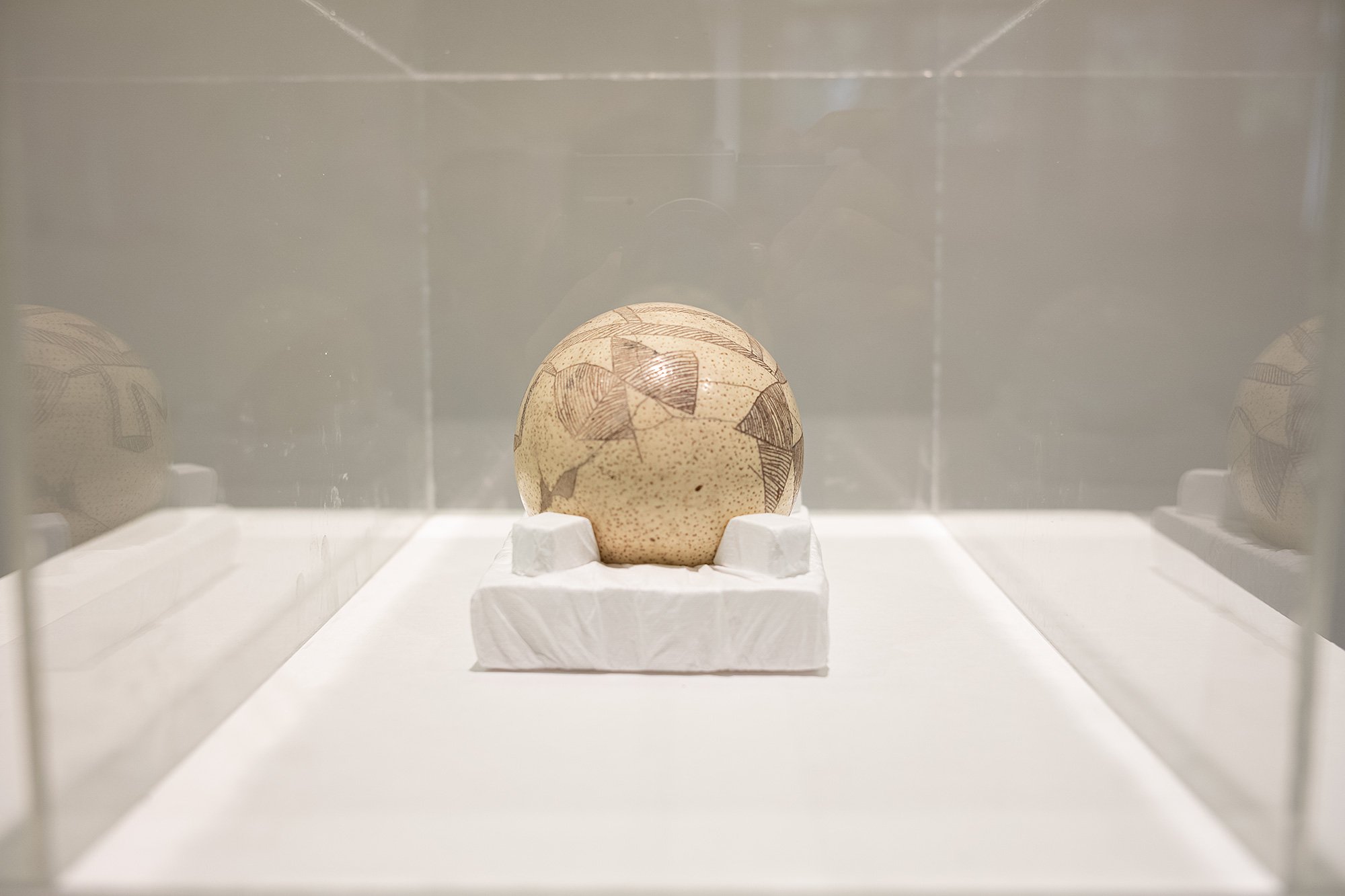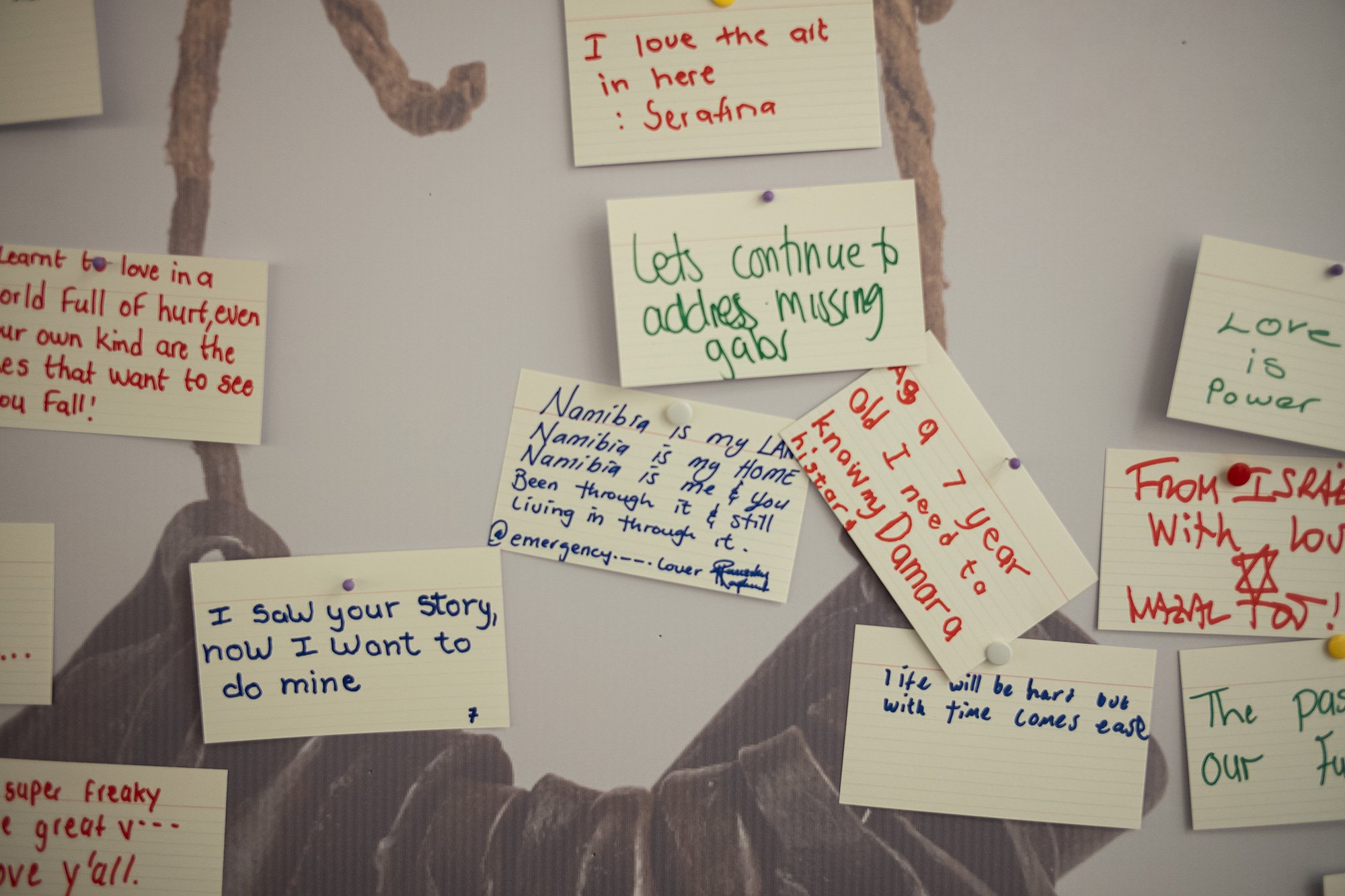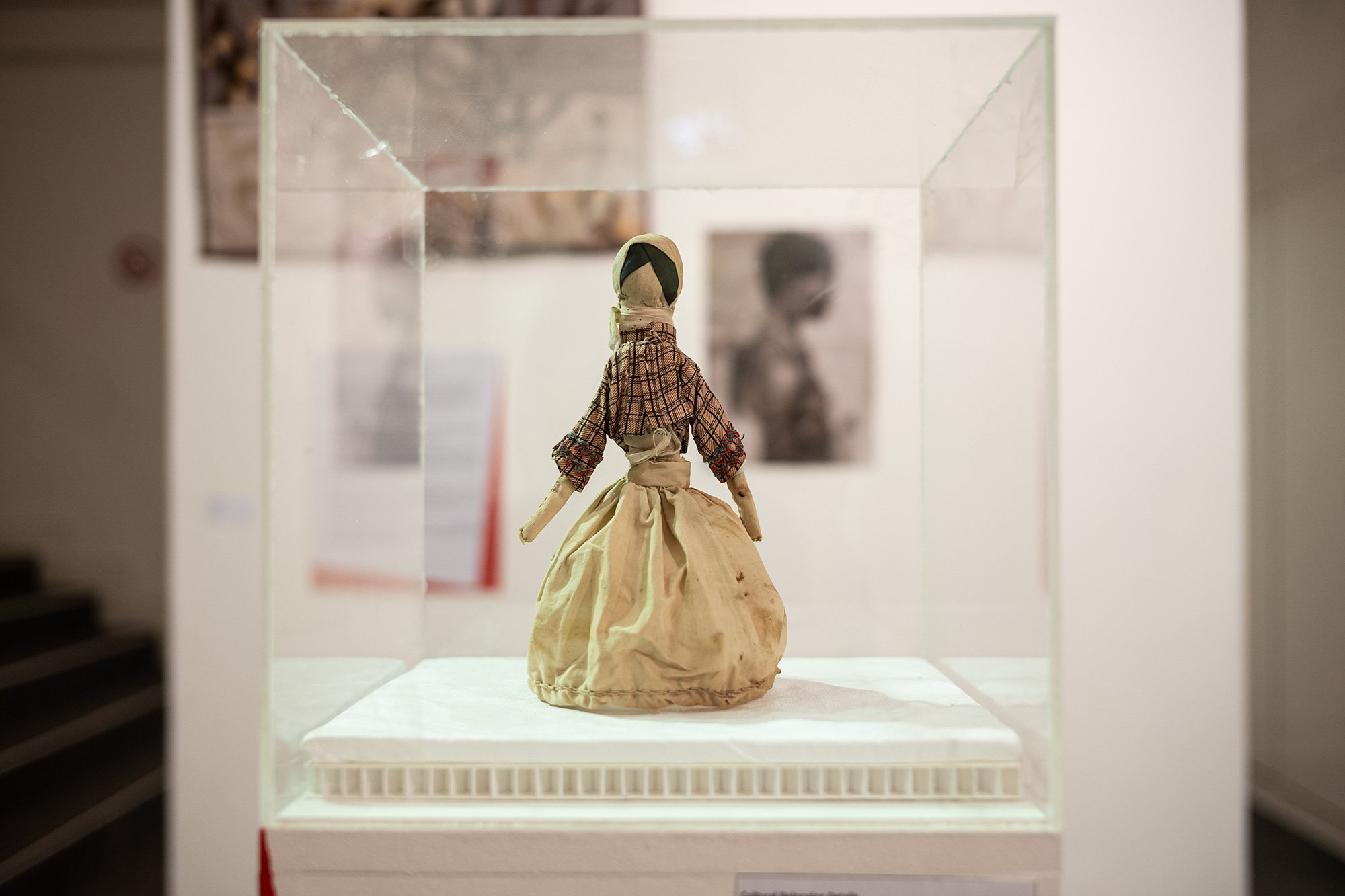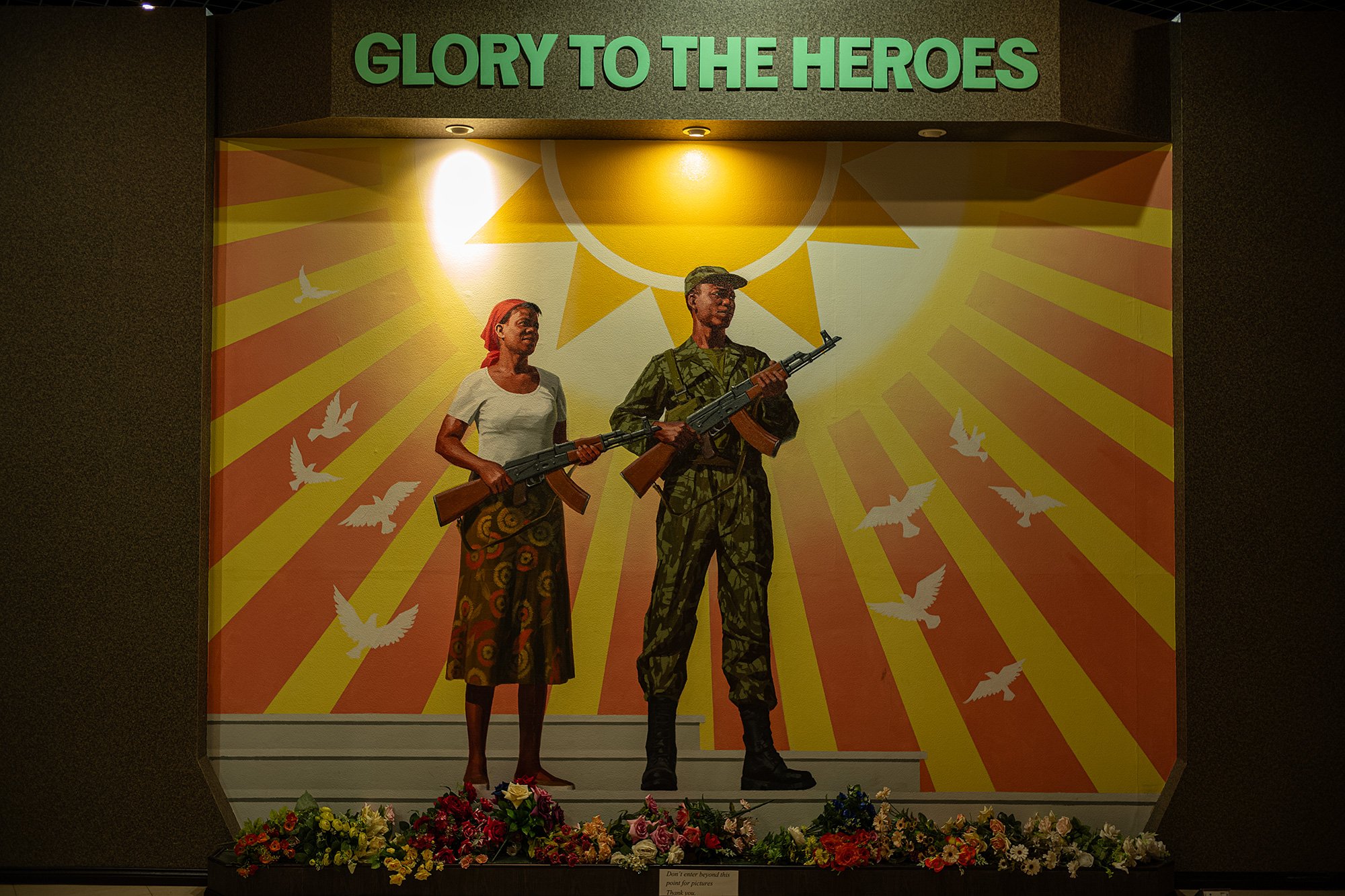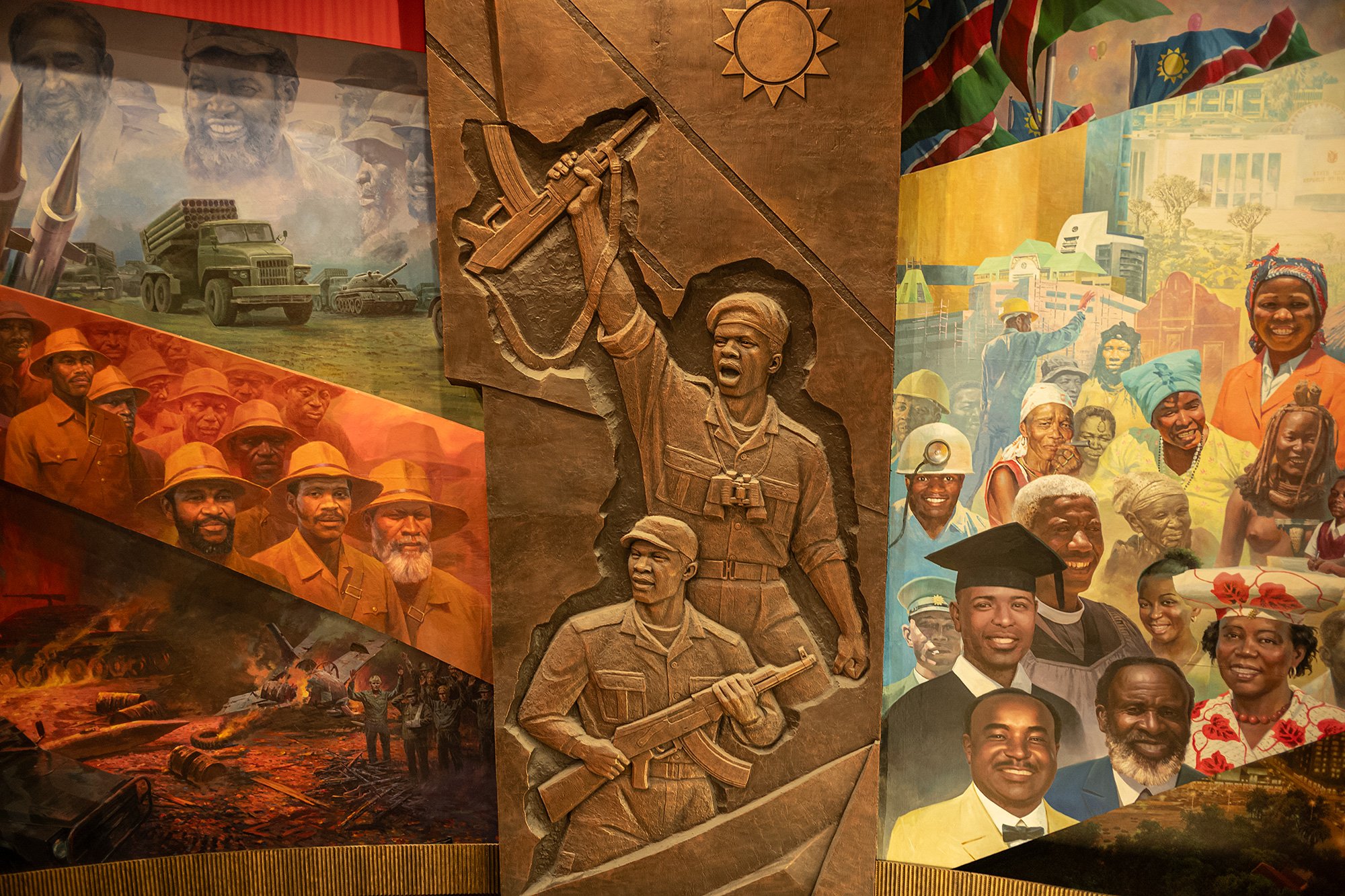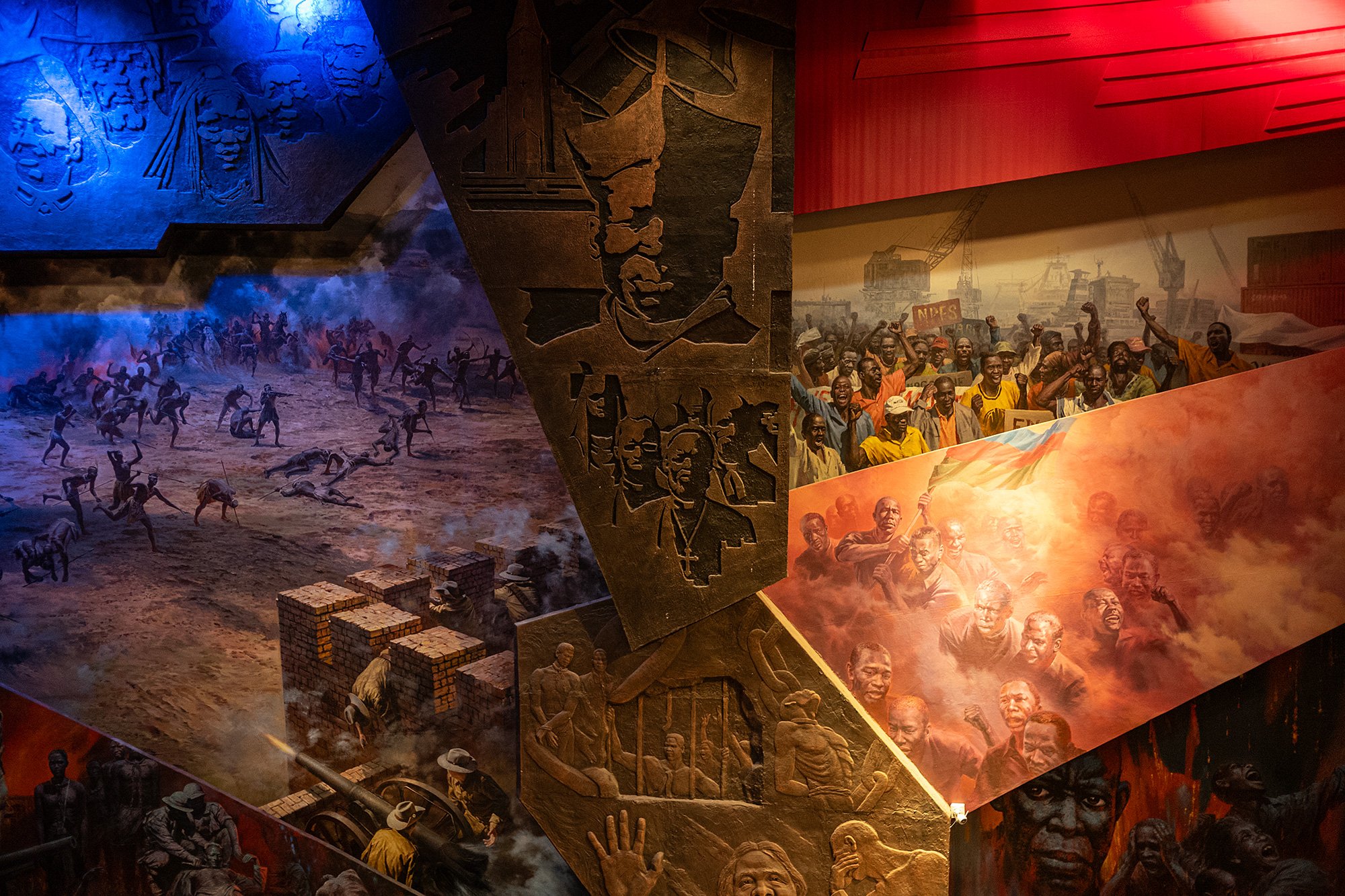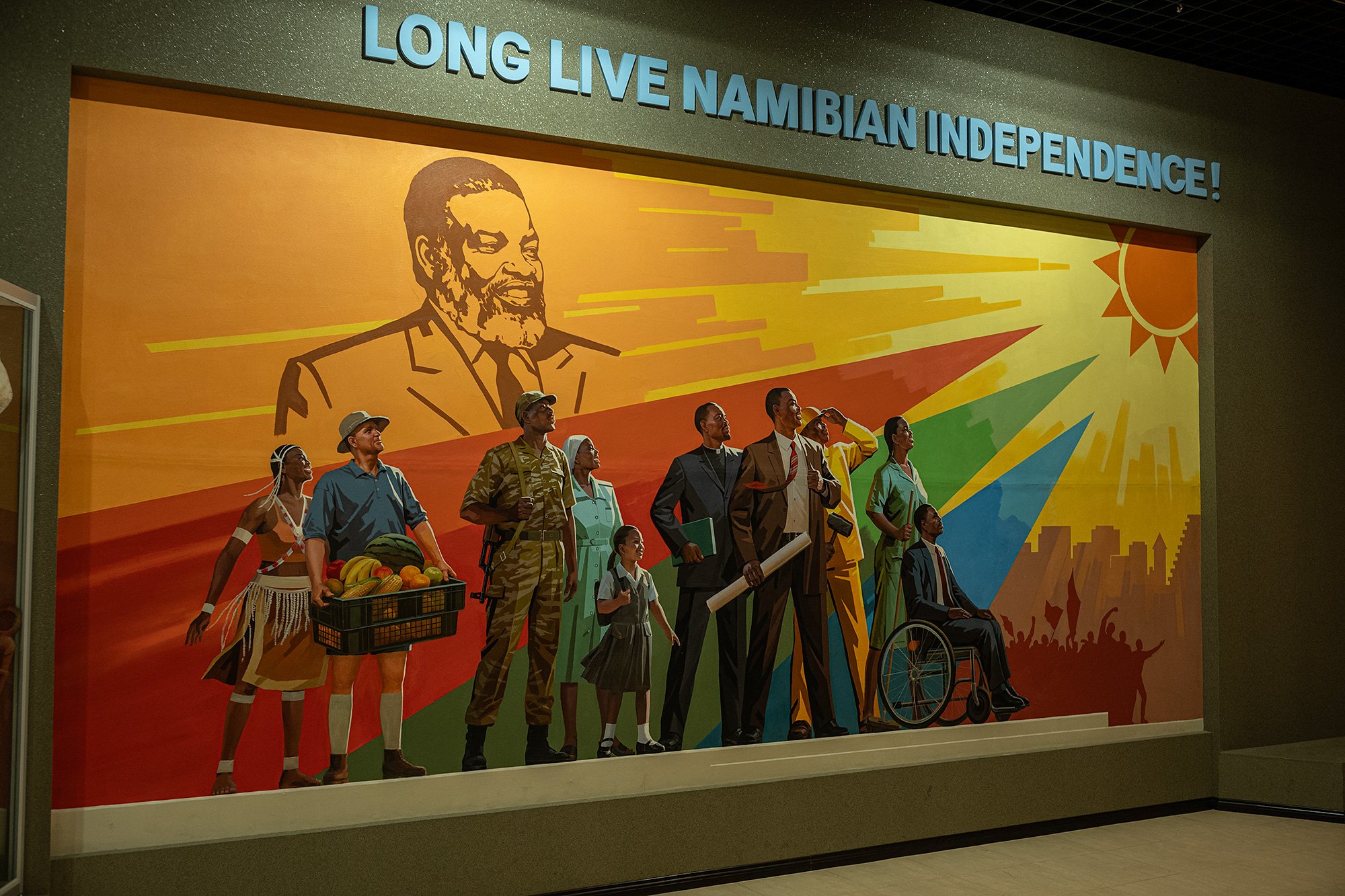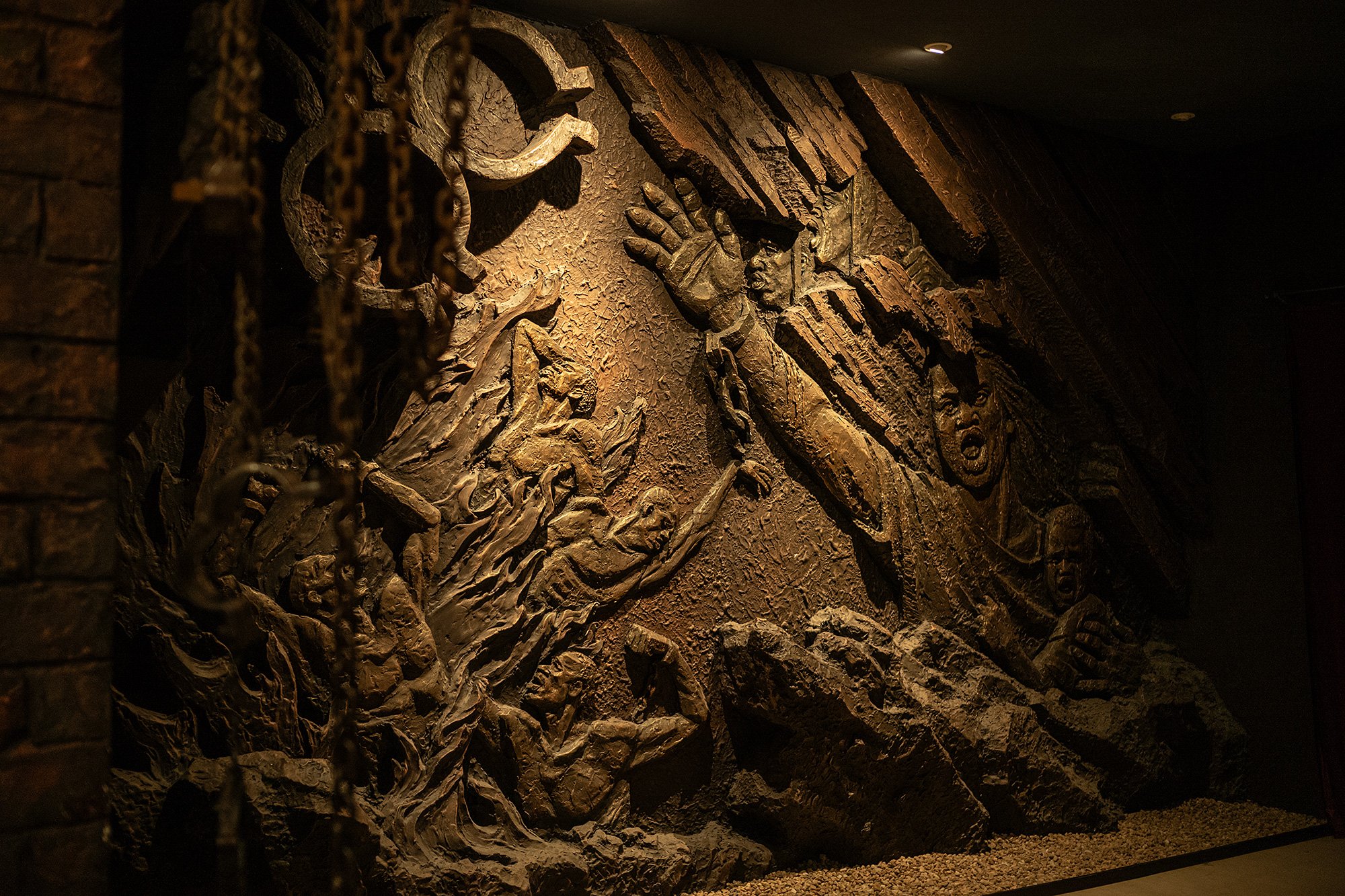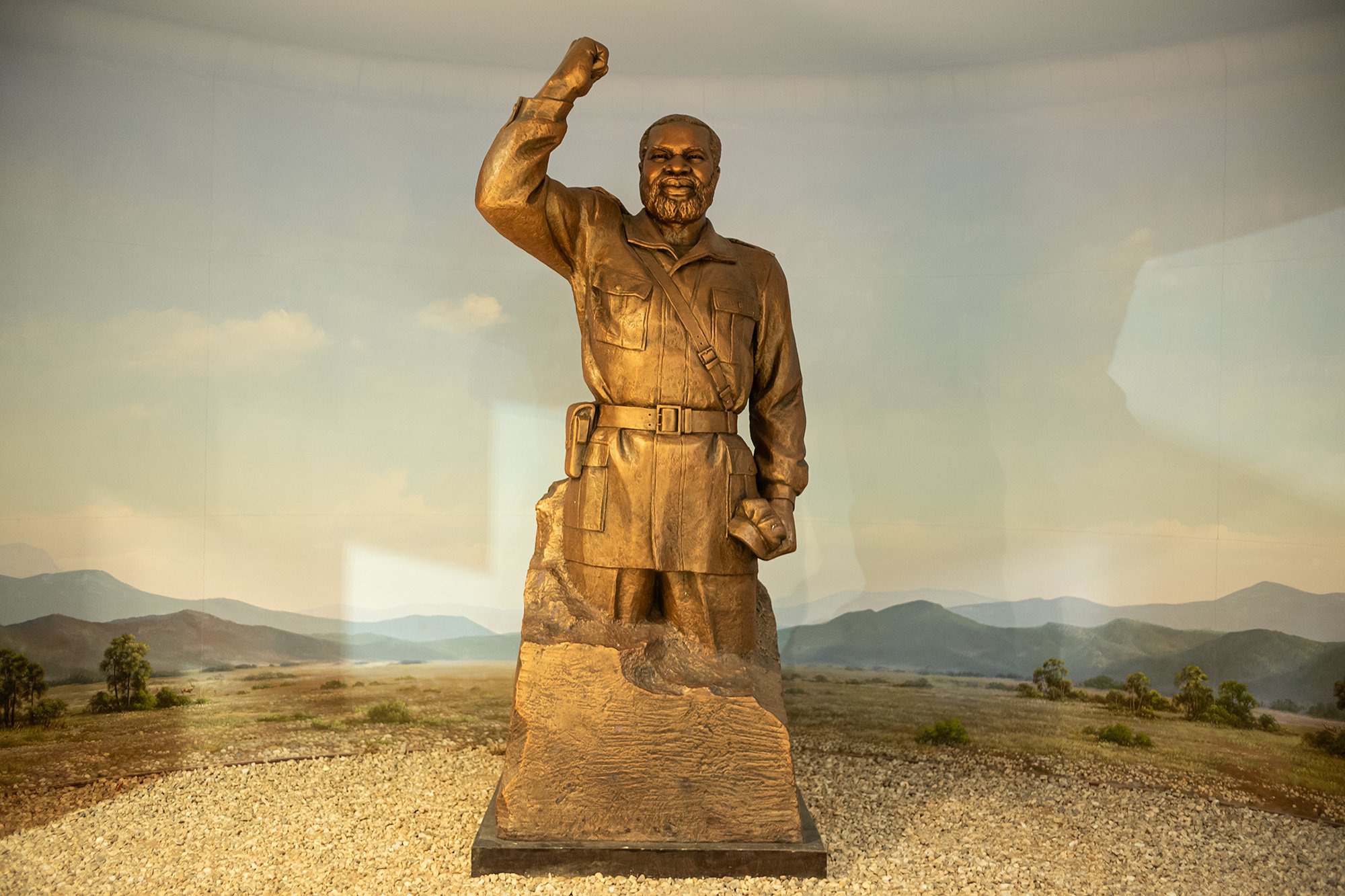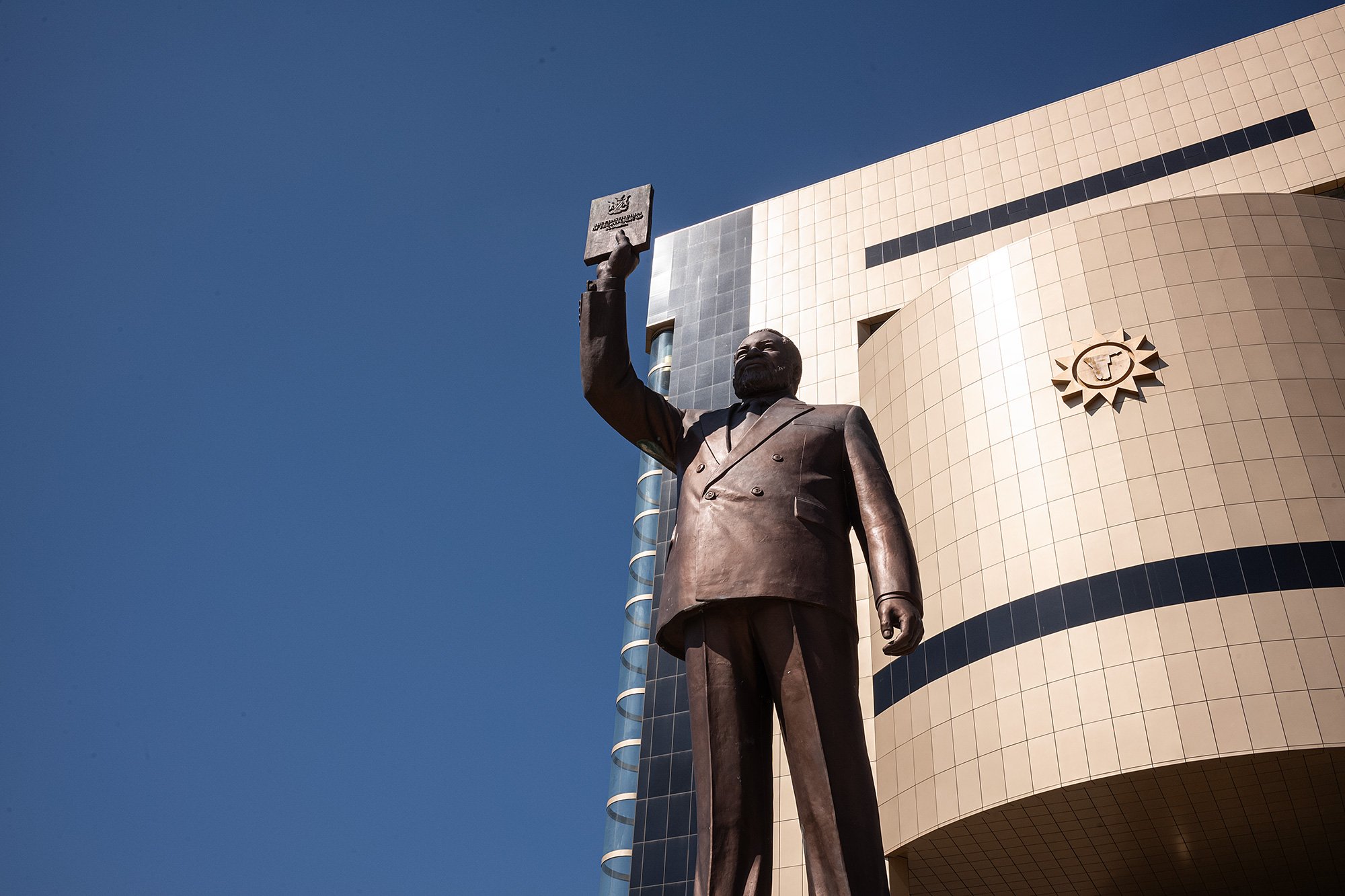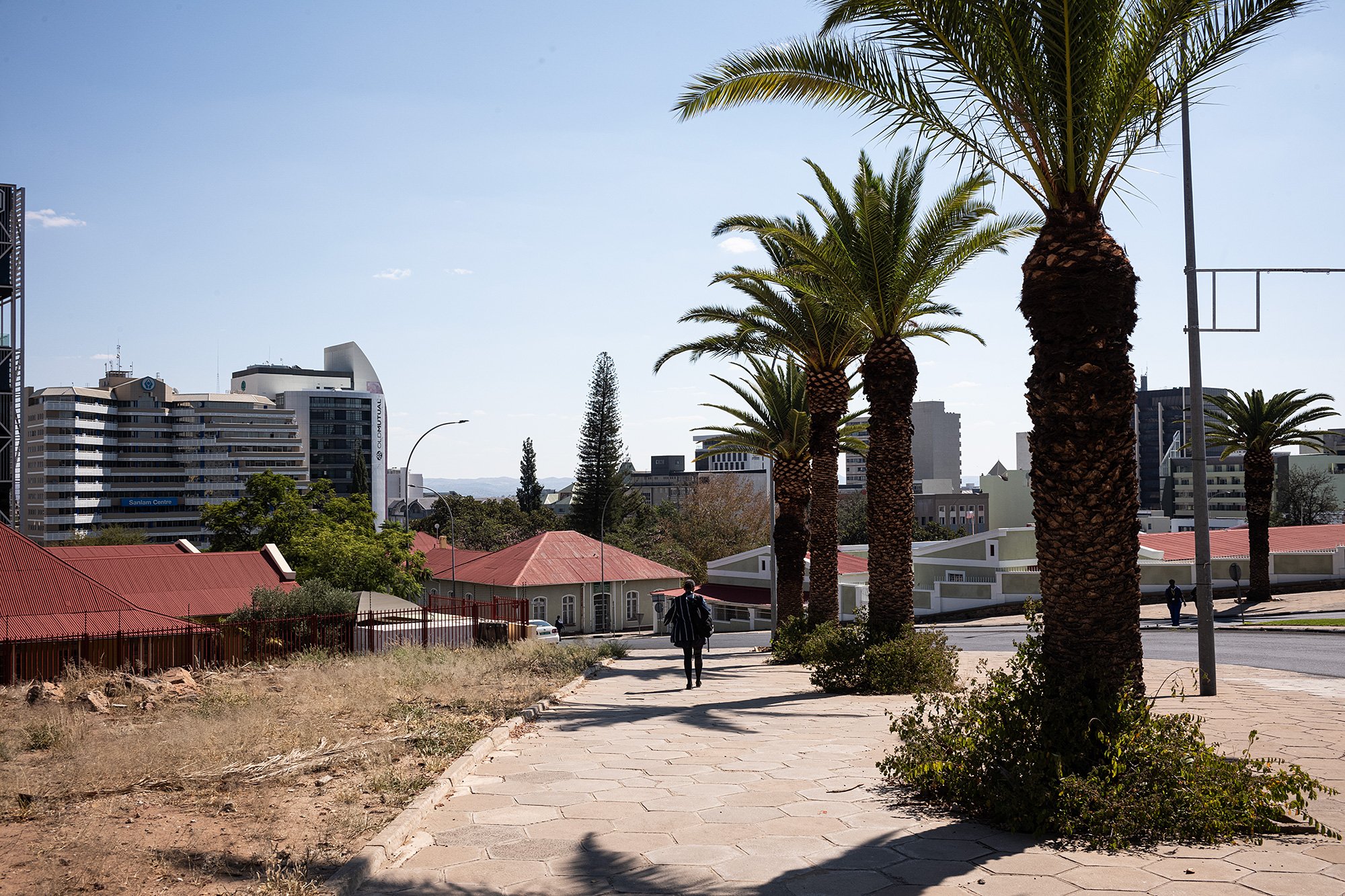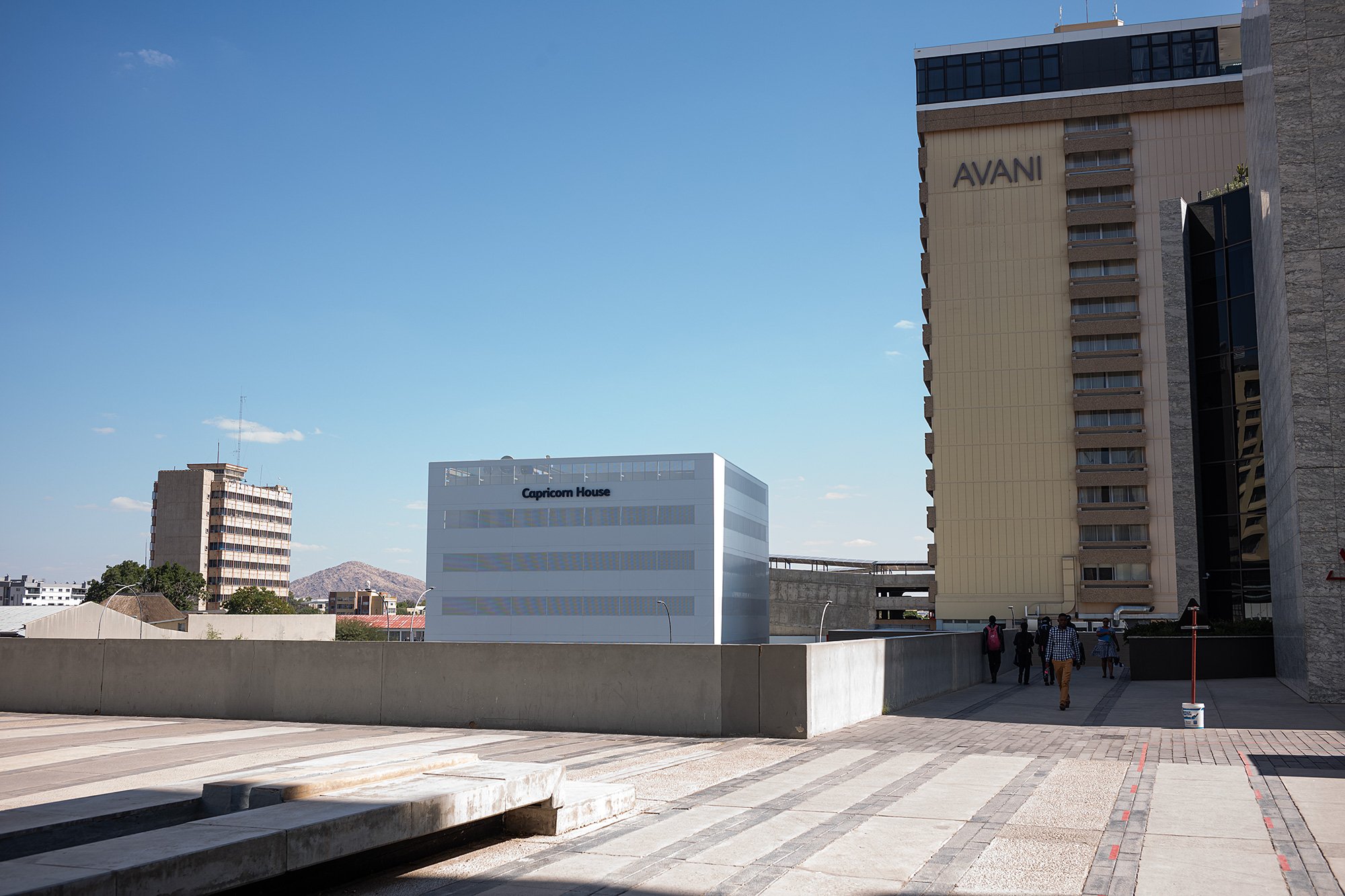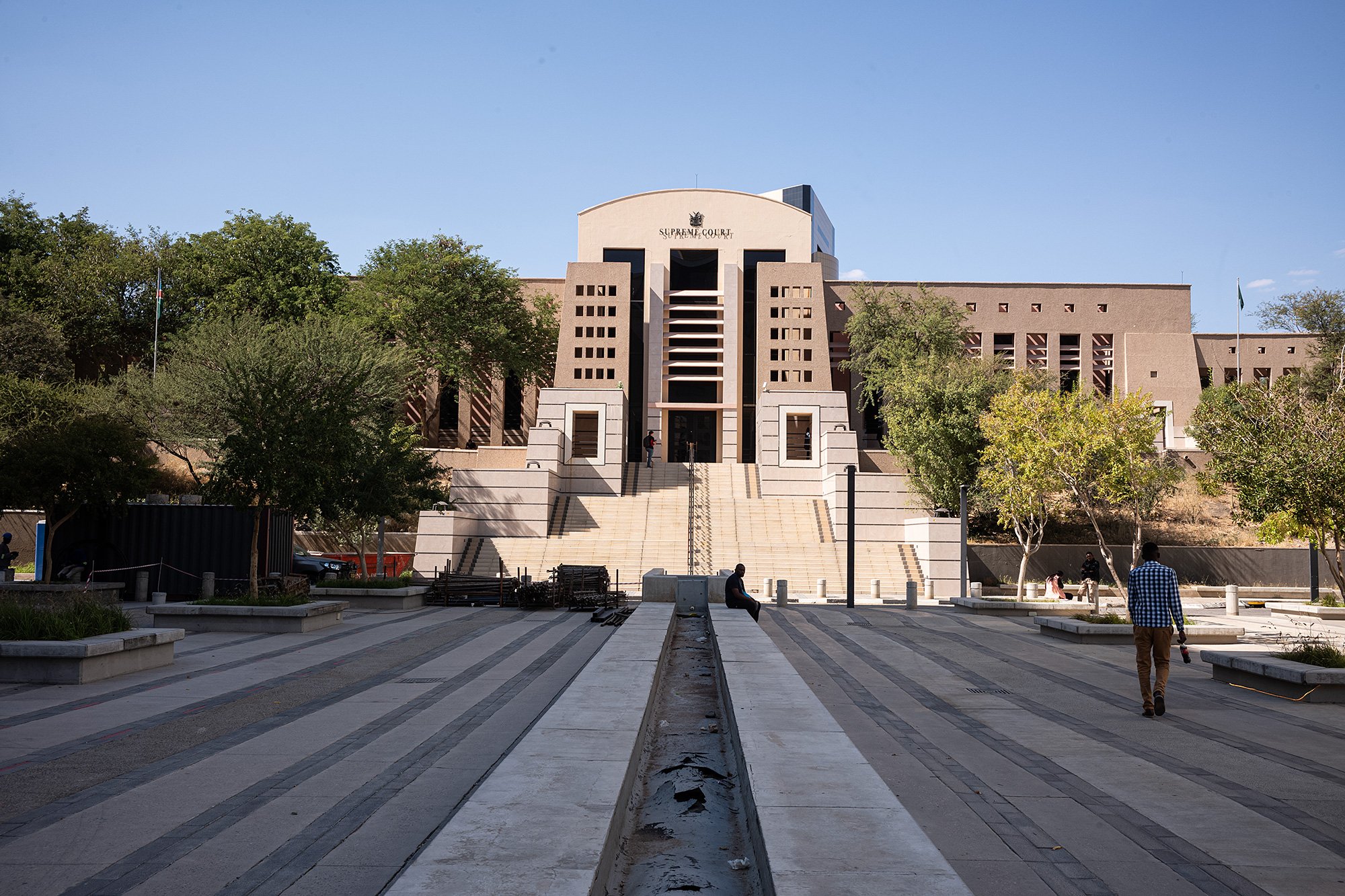A day in Windhoek.
I can’t believe it’s only been two days; I feel like I’ve been in Windhoek for weeks. And that’s a compliment. I’ve felt instantly at home in this city, my clothes in the closet, the door to the patio wide open, a slight breeze blowing through the apartment. From my small terrace I can see a craft market spread out over a parking lot on Independence Avenue. Traffic moves lazily on the street.
It’s strange being in a country where English is the official language. I’m no longer used to being greeted first in English and speaking English by default. I have to work to catch myself before starting conversations in Spanish.
I arrived on Sunday after flying eight and a half hours to Johannesburg and then another two back towards Windhoek. From São Paulo I flew almost entirely latitudinally, and as we passed over Namibia I longed to be dropped off. It would have saved me almost four hours of flying time.
I spent my layover in an airport lounge, trying to stay awake. On my way out I passed a photo wall of past guests: John Cleese, Ciara, Snoop, Forest Whitaker, Lionel Ritchie, Kirk Douglas.
•
On arriving in Windhoek, I took a cab to my apartment in the middle of the city. The driver’s phone played a steady stream of classic hip hop and r’n’b songs. Ashanti & Nelly’s “Always on Time,” Kelly Rowland & 50 Cent’s “Dilemma,” Jason Derulo’s “Whatcha Say,” Nelly’s “Just a Dream.” The hits kept coming.
In town the streets were quiet, most of the stores closed. I found a supermarket within walking distance of the building and hobbled there to pick up staples. I ordered Indian food for dinner and did my best not to fall asleep too early. I somewhat succeeded.
Monday proved much livelier. The once-desolate avenue bustled with life and traffic. I walked across the street to check out the mall and the grocery store therein. I bought postcards and donuts from a highly-ranked bakery on the same block. The grocery store is beautiful.
Today I decided to venture further afield, taking advantage of my free mornings and early afternoons to wander the city and see some sights. My apartment is well-situated, steps from the Independence Museum and Christuskirche.
I walked up the hill towards the Independence Museum, stopping to take photos by the National Museum. A group of European tourists stood in the shade of the statue of Sam Nujoma while their guide filled them in on the history of Namibia. I decided to visit the museum on my way back home.
Built a a symbol of peace following the wars between the Germans and the Herero and Nama, the Christuskirche was dedicated in 1910. Built of quartz sandstone, the church boasts stained glass windows that were a gift from Emporor Wilheim II.
A group of tourists were exiting as I entered and I had the church to myself. It was tranquil and cool and I stood for a moment to admire the stained glass and the organ. An attendant stood by a door and I asked if it were possible to climb up to the chancel. He said no.
Outside I continued walking north to the National Art Gallery of Namibia. There’s little traffic and even fewer people on the street. Nearing the gallery I pass the National Theater, just next door.
I am welcomed into the gallery and asked to sign in. On the main floor are a series of works under the umbrella of a project confronting colonial pasts; envisioning creative futures. On the second floor a room of interactive exhibits invites people to touch and use various artifacts. It feels as much classroom as exhibition hall.
Downstairs a number of artifacts are on display, reclaiming histories. In the first gallery a dress exemplifies the mixed experience of its artist, showing the various places in which they lived and grew up, attempting to forge their own identity.
Afterwards I walked to the residential Eros neighborhood for lunch. One leafy block is lined with restaurants and I chose the Village Garden, walking past its koi ponds and entrance to the courtyard in the back. It sits within a larger complex lined with self-catering rooms for let and offices. Another koi pond runs along one side of the courtyard and a tree anchors the center. It’s an oasis.
I ordered waffles and scrambled eggs and pineapple juice and settled in to enjoy my meal.
I took a cab back to my apartment and decided to visit to the Independence Museum. I walked back up the hill and stood before it and the statue of Dr. Sam Nujoma, the president and father of the Namihian nation. A man asked me to take his photo and I gladly complied.
I waited for the elevator with a French couple, opting to take it to the top of the museum and then walk down, backwards through time. I walked past murals and reliefs depiciting the countries struggles and celebrations. Photos and wall text offered greater historical context.
Lower floors explored the colonial past. A room of scupltures and bas reliefs reckoned with the period of Namibian history where native Namibians became virtual slaves to the Germans, followed by the second period of oppression under South African rule after the Germans were expelled in WWI.
The exhibits end with a statue of Sam Nujoma, hand raised in victory celebrating Namibia’s full independence on March 21, 1990 after 25 years of struggle.
Outside, I took a photo of Windhoek from the steps of the museum and then turned around to take one more of Sam Nujoma holding high the Constitution of the Republic of Namibia.
The high school was letting out and students in uniform in groups of varying size strolled the avenues. I walked down the hill in the direction of my apartment and stopped to take photos of the plaza on which the building sits and the Supreme Court that occupies the eastern boundary before heading back home. 🇳🇦


